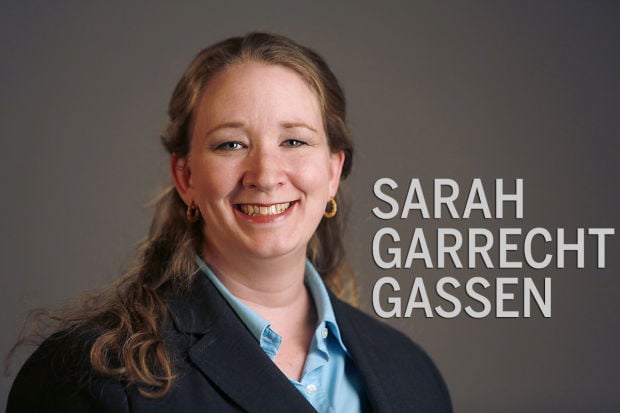In a state where schools funding is rock-bottom and achievement at many public schools isn’t much better, we find some parents in the Amphitheater district who have a complaint to add:
The school day is too long.
That’s right: Students are spending too much time in school. An oppressive amount of time, like six or seven hours every day. It’s just too much.
I’m paraphrasing here, but that’s what the concern boils down to — Canyon del Oro High School’s day is a bit longer than some other schools’ schedules. Other schools, like Catalina Foothills and University High have better academic achievement than CDO, even though their students’ are in class for fewer minutes every day. Therefore, the additional time is meaningless and can be — should be — cut.
It’s an illogical argument.
But, it reveals some fault lines, and realities, within our public school system.
Yes, as some of the parents have explained, kids are stressed out and sleep-deprived. The school day isn’t what should give.
The Amphi district has always been a case study in haves and have-nots. Schools in the north are in far wealthier neighborhoods than those in the south. The northern schools have less racial and economic diversity than the southern schools. Students’ lives within the same district are vastly different from each other. These factors directly affect education but are beyond the district’s reach to change.
I covered the Amphitheater Public Schools as a Star reporter in the late 1990s, back when the school board and then-superintendent refused to let people speak during a call to the audience at public meetings. Amphi operated on two separate school calendars, the board got involved in some questionable land deals, and the tiny, endangered ferruginous pygmy owl’s very existence held up construction of Ironwood Ridge High School for a long while.
But that’s in the past, and thank goodness. Such drama around a school board and administration takes much-needed attention away from the reason they’re all there: the students.
While I don’t think cutting back on valuable instructional time is the answer to any question, this discussion has raised some points that need thinking through.
Arizona requires high school students have 900 hours of instruction per school year distributed across 180 calendar days. This works out to about just five hours a day of class time.
The length of school days has been shown to improve students’ academic performance, although the impact is more marked in high-poverty schools. Campuses across the country are exploring with increasing class time, starting class later in the morning, adding Saturday courses, incorporating arts and music into extended core classes, and more. Arizona needs more of that innovation, and the money to support it.
Star reporter Yoohyun Jung analyzed bell schedules at the district’s three high schools. It showed that CDO students are in class an average of 7.4 hours a day while Ironwood Ridge students spend just over seven hours a day in class. Both schools are on the north end of the district. Meanwhile at Amphi High School, in the district’s southern end, students are in class for six hours a day.
Amphi High’s principal told Jung that the school is satisfied with the schedule but would change if necessary. Instead of cutting other schools back, the district should extend the Amphi High school day as long as it can.
Also, CDO offers the advanced International Baccalaureate classes to students at 7 a.m., before district transportation is available, which excludes students who rely on the bus — a decision I don’t think was intentionally exclusionary but should be changed.
Teachers and other staff members are understandably concerned that their workload differs depending on their school. This is also an equity issue. District officials have also told the Governing Board that reducing the instructional time could cost the district state money, and the logistics of not having enough buses and other support workers would come into play.
Instead of criticizing CDO for its longer day, we should be hailing it as an example of how a school expands instruction.
Giving kids less time to learn is never the answer.





